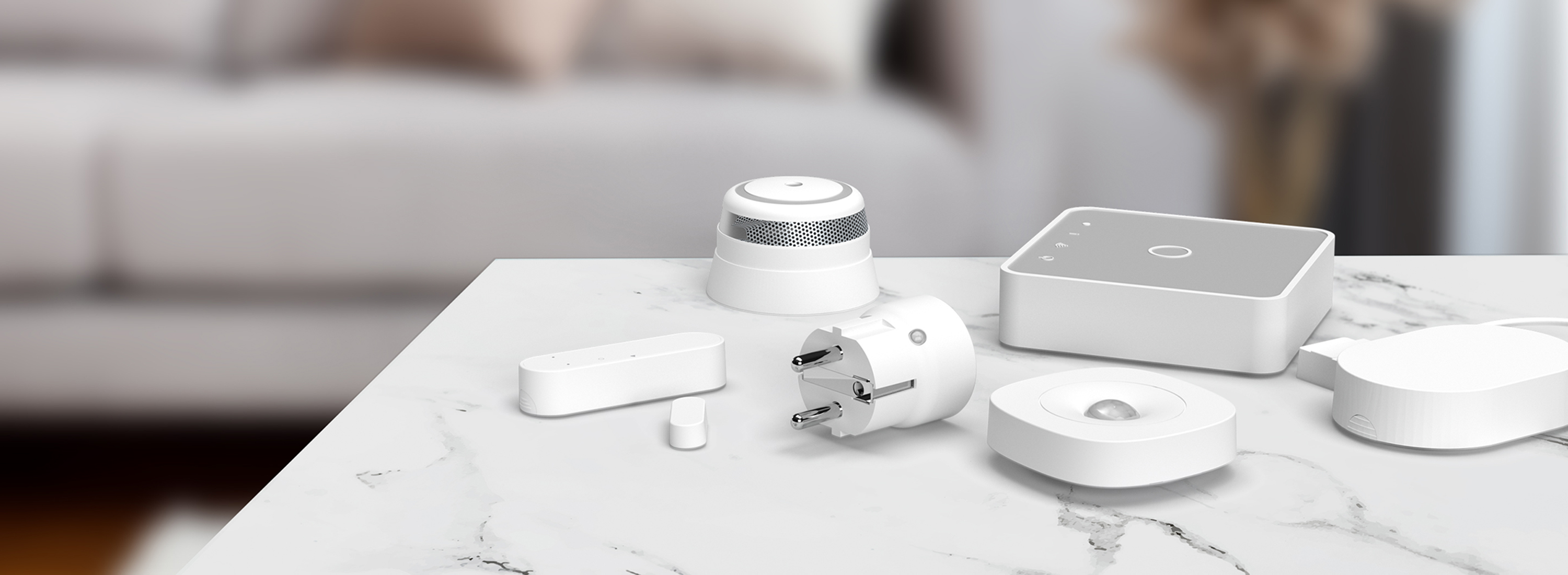How LTE can future-proof your IoT solution
LTE is increasingly becoming the dominant connectivity technology in the Internet of Things. The explosive growth of the IoT, which is now projected to reach multiple billions of devices within the next few years, has led to an unprecedented high adoption of LTE. And there are several reasons for that.
First, LTE is rolled out worldwide, and LTE networks will most likely be running for many years ahead. While 2G is currently being phased out in some places, and all 3G networks are likely to be shut down by the end of this decade as well, LTE networks are used worldwide and will continue to be for many years.
Also, LTE is economic. As LTE is significantly more spectrally efficient than 2G or 3G, transporting data over a 4G LTE network can be done at a much lower cost per bit. In this regard, LTE is two or three times more efficient than 3G and 20 times more efficient than 2G.
LTE includes a wide range of categories, and some categories are particularly suitable for the IoT. Read which LTE technologies we recommend for your IoT solution below.
LTE Cat M1 and NB-IoT: The low-cost and energy-efficient option
LTE Cat M1 and NB-IoT are cellular technologies specifically designed for the needs of applications targeted for IoT communications. Data speed for these IoT-specific technologies is relatively low, which makes them suitable for IoT applications with low to medium data rate needs and focus on energy efficiency. The Squid.link Gateway can be equipped with a cellular module that supports both LTE Cat M1, NB-IoT and 2G. The benefits of this option include low cost, long battery life, and high connection density. In addition, your device will be able to function on a very low signal, ensuring good coverage in basements, for instance.
LTE Cat 1: The high-speed option
If you are looking for a standard with higher data speeds, LTE Cat 1 may be the best option for you. LTE Cat 1 is designed for more feature-rich applications. It has speeds of 10 Mb/s downlink and 5 Mb/s uplink, making it ideal for IoT applications that require higher data speeds, including those that involve voice support or video streaming.
LTE Cat 4: The ultra-high-speed option
For even higher data speeds, you can choose the LTE Cat 4, which supports up to 150 Mb/s downlink and 50 Mb/s uplink. In the Squid.link Gateway, you will soon be able to get an LTE Cat-4 module with WiFi routing included, which enables sharing of LTE internet connection with all your other devices.
Read more about choosing cellular networks for your IoT solution

